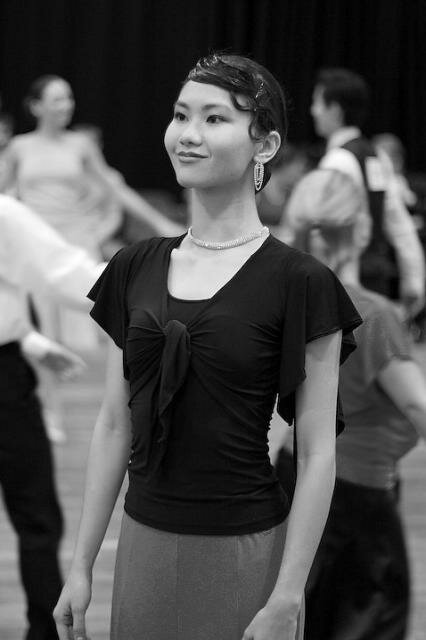FEATURES
BUSINESS
VOICES
PATTERNS
LIVES
FOCUS: CHINA
FOCUS: INDIA
CHEAT SHEETS
100 DAYS
WRITER'S BLOG
Most Read Stories
Older than Bond, James Bond
The art of stealth has deep roots in the Indian, Chinese and Japanese cultures.
Espionage is said to be the second-oldest profession in the world, (presumably driven by a demand from wives whose husbands were busy being supplied by the first) and some ancient Asian civilisations were particularly good at it. In fact, many spying techniques that were used in ancient China, India and Japan may have predated modern intelligence methods by several centuries.
The Chinese sage Sun Tzu (c.544–496 BC) is considered by many European scholars to be the first to study and analyse the questions of espionage and military strategy along scientific lines. He was the first to recognise the importance of positioning in strategy, as well as the significance of a quick and appropriate response to changing conditions. As he insisted in his textbook, "The Art of War", "all warfare is based on deception".
The ancient writings of Indian military strategists such as Chanakya (c.350-283 BC) also contain much information on espionage and subversion. In his text Arthashastra, Chanakya promoted the use of secret agencies as an integral part of state governance. Like today, secret agents in ancient India were commonly recruited from among academics, the armed forces or the underworld, and given rigorous training in spying techniques. They were also well paid for their work. Besides advocating the use of codes, sabotage and poison in espionage, Chanakya also recommended the use of disguises to preserve secrecy, and felt that women (and particularly prostitutes) made good spies. Chandragupta Maurya (c.320-298 BC), the founder of the Mauryan empire, was said to have been highly inspired by Chanakya’s ideas and made clever use of assassinations, spies and secret agents during his rule.
The ninjas in 15th century feudal Japan perfected the art of espionage and stealth even further. Some ninjas were particularly adept at using smoke bombs and firecrackers, often with timed fuses, to aid escapes or create diversions for attack. Others carried small bombs called metsubushi, which were bamboo segments or hollowed eggs filled with sand and metal dust that quickly blinded their opponents when hurled. The secrets of making desirable mixes of gunpowder were strictly guarded by many ninja clans. Various forms of trickery were also used for escaping and combat; some ninjas wore wooden tabs or ashiaro on their sandals, which were carved to look like an animal’s paw or a child’s foot so as to leave less noticeable tracks behind. Other ninjas used shobo (a small ring with a small notch of wood) to hit their assailants’ pressure points, thus causing sharp pain and even temporary paralysis.
These books and methods of ancient Asian spies and strategists continue to have a significant impact in the present day. Sun Tzu’s "The Art of War" may have influenced Napoleon and the planning of Operation Desert Storm, while leaders as diverse as Mao Zedong and General Douglas MacArthur claimed to have been inspired by his work. However, as much of "The Art of War" is about outsmarting opponents without actually having to do battle, it has become increasingly important as a training guide in corporate culture and other competitive endeavours today. Many Japanese and Western executives and lawyers are turning to Sun Tzu for inspiration in business, managerial and legal strategies, and Portugal's coach Luiz Felipe Scolari might have even used the book during the 2006 FIFA World Cup to plan his team’s win against England.
Login | Register
 Felicia Yap is a Junior Research Fellow in History at the University of Cambridge, and has written widely for publications like The Economist. She has a half blue in competitive ballroom dancing, and hopes to get another half blue in competitive blind wine-tasting, so that she can qualify for a full blue in debauchery.
Felicia Yap is a Junior Research Fellow in History at the University of Cambridge, and has written widely for publications like The Economist. She has a half blue in competitive ballroom dancing, and hopes to get another half blue in competitive blind wine-tasting, so that she can qualify for a full blue in debauchery.






_0.JPG)





 Another Point
Another Point An imaginary factual blog of General David Petraeus, Commander, United States Central Command
An imaginary factual blog of General David Petraeus, Commander, United States Central Command
Comments
Post new comment